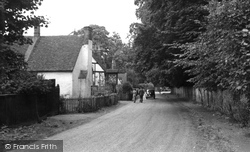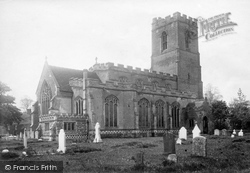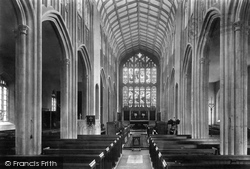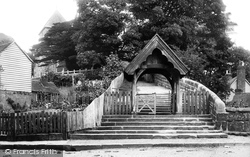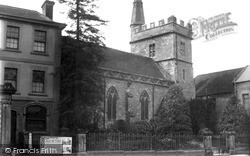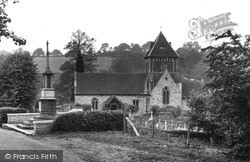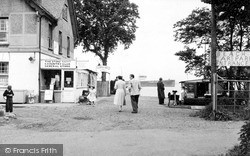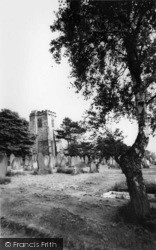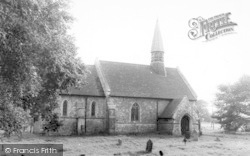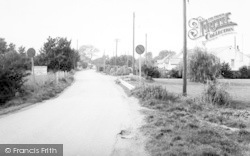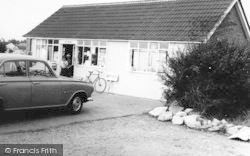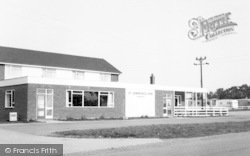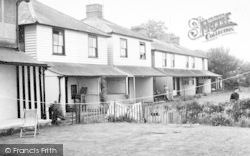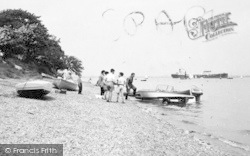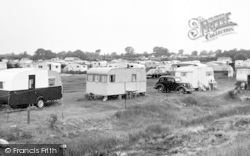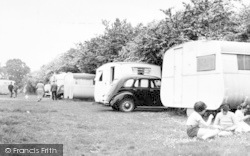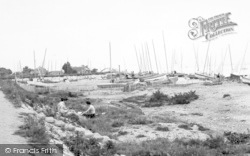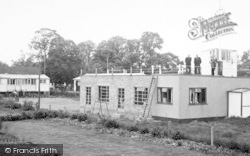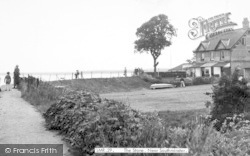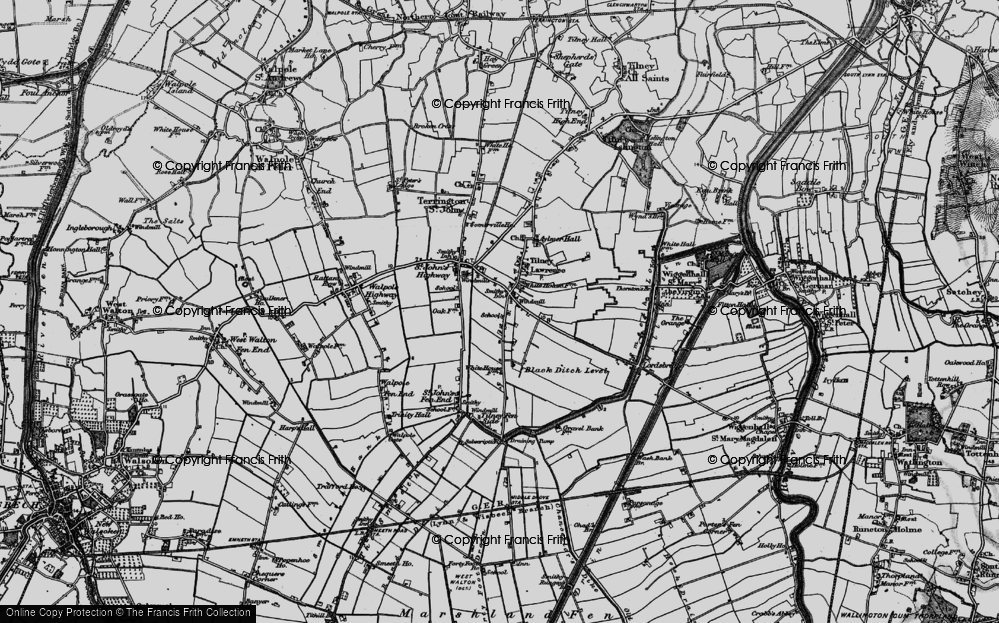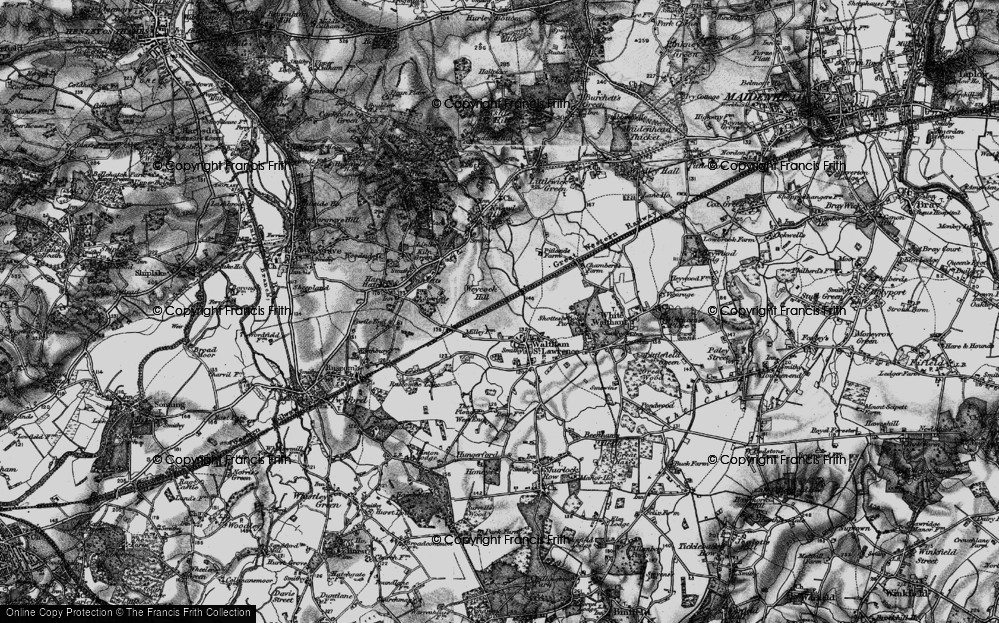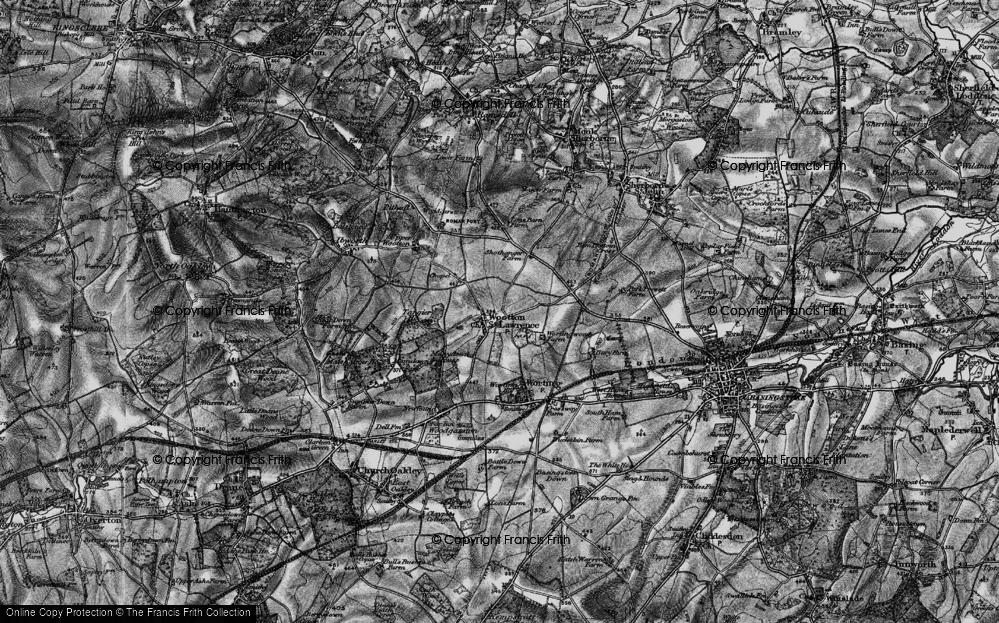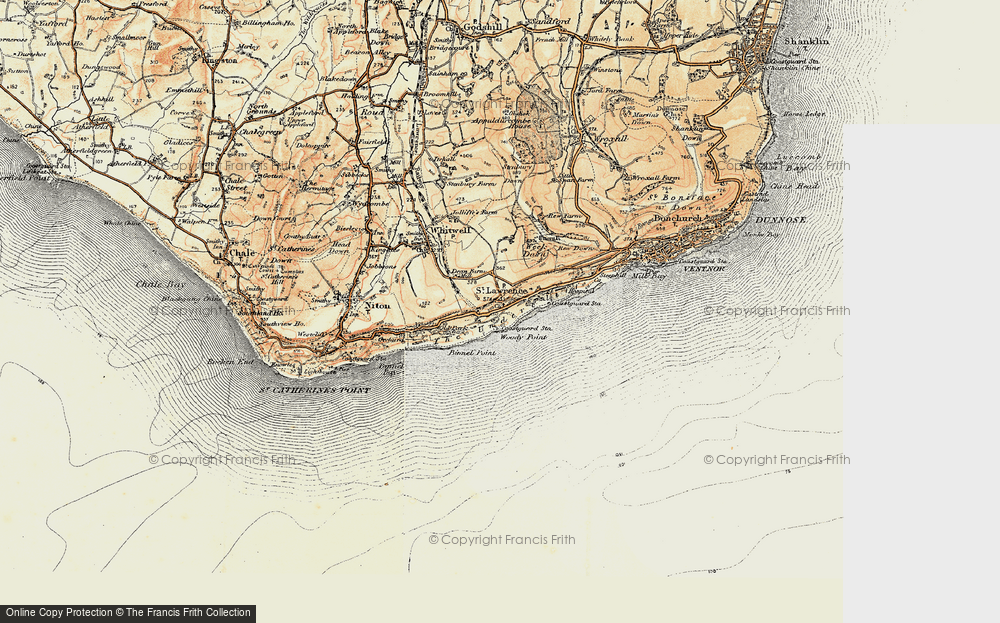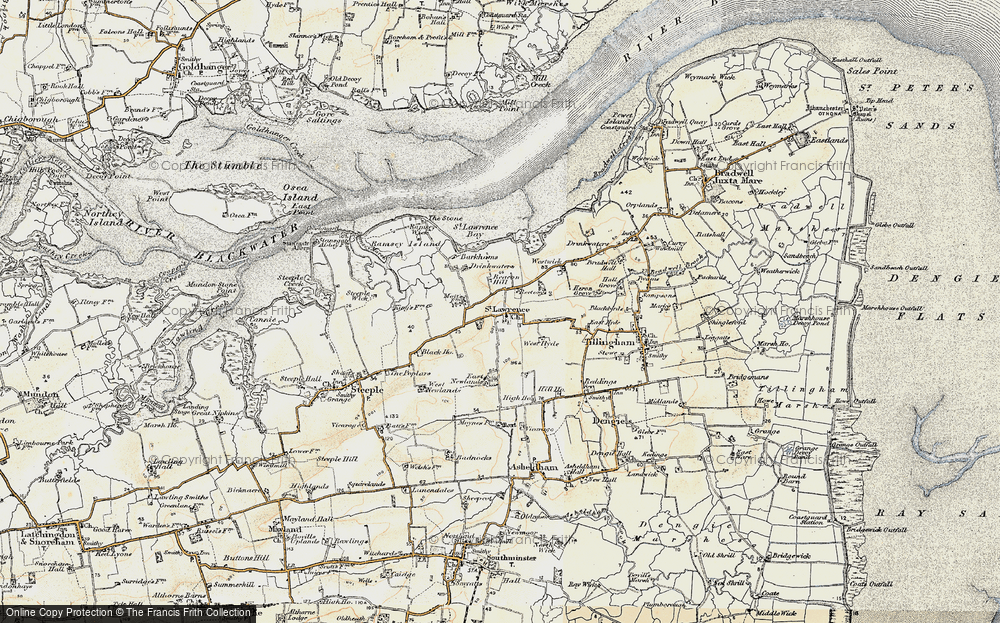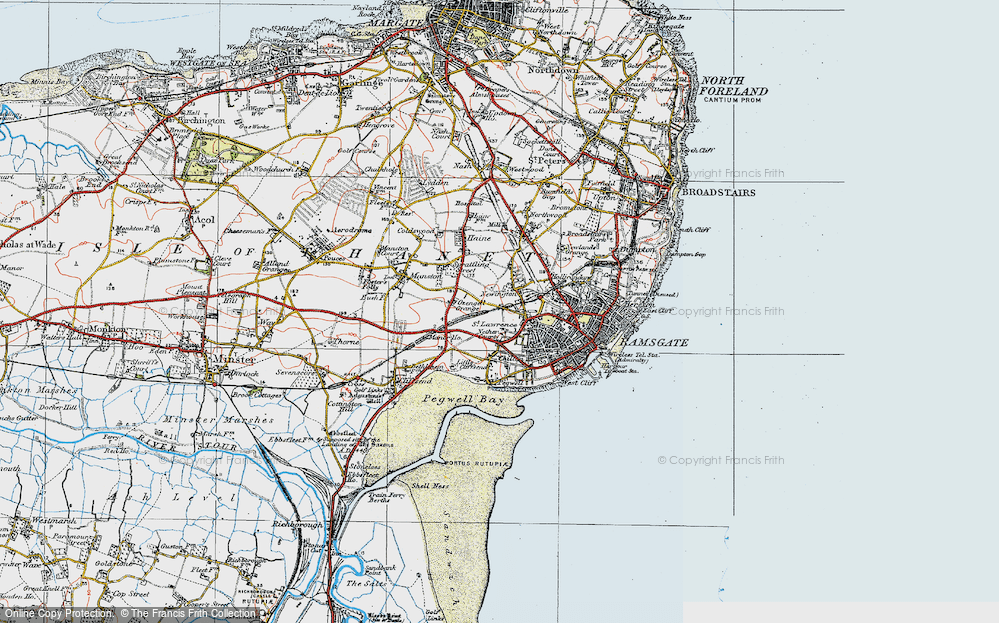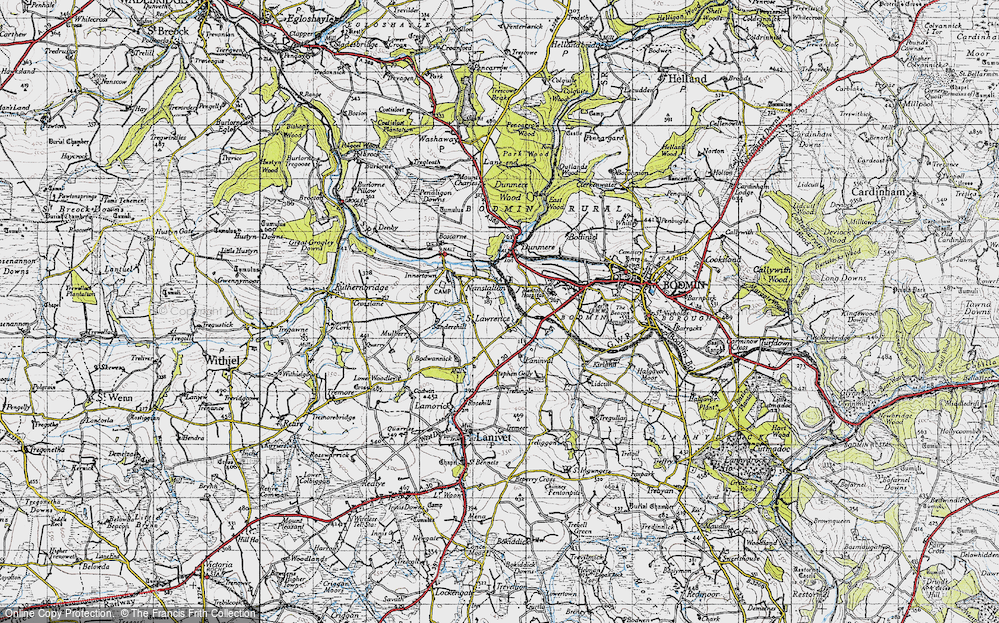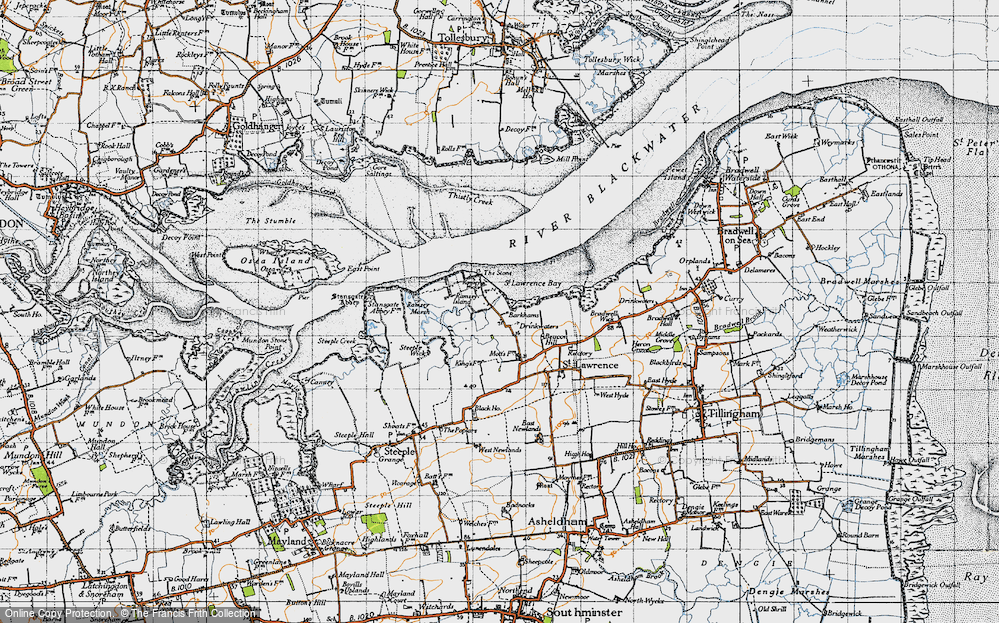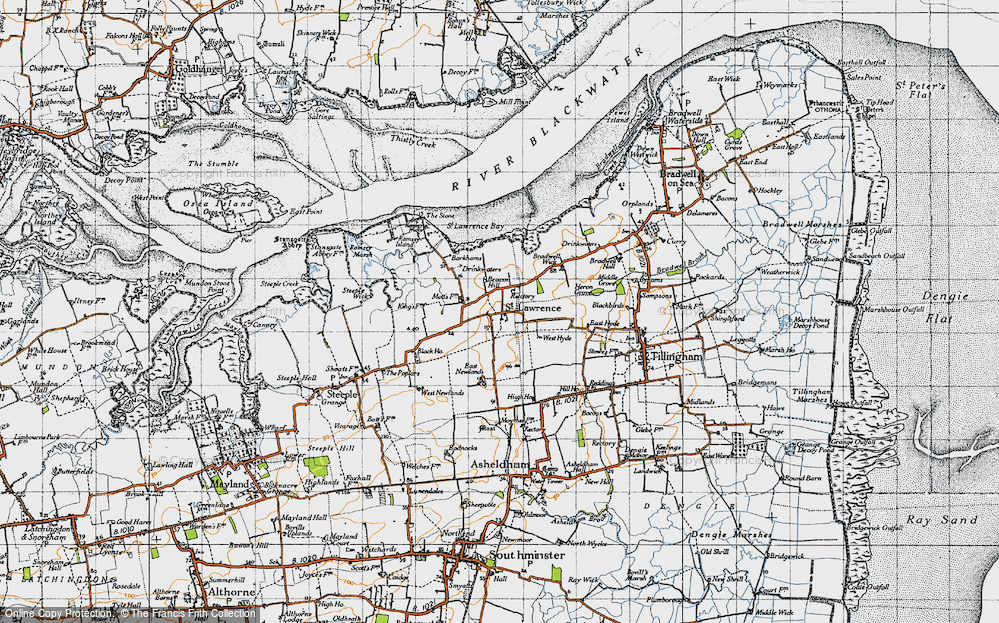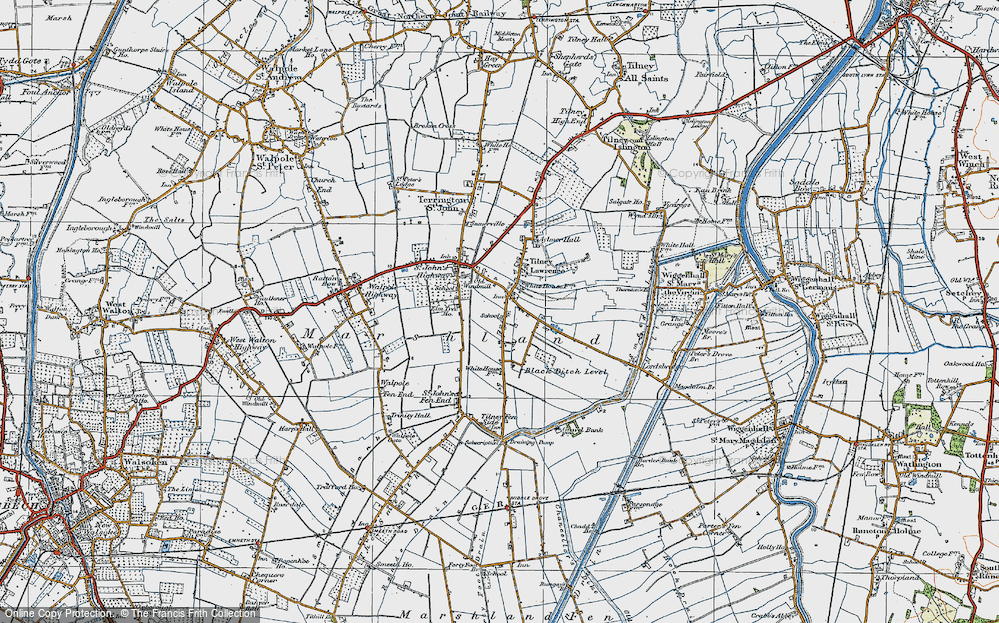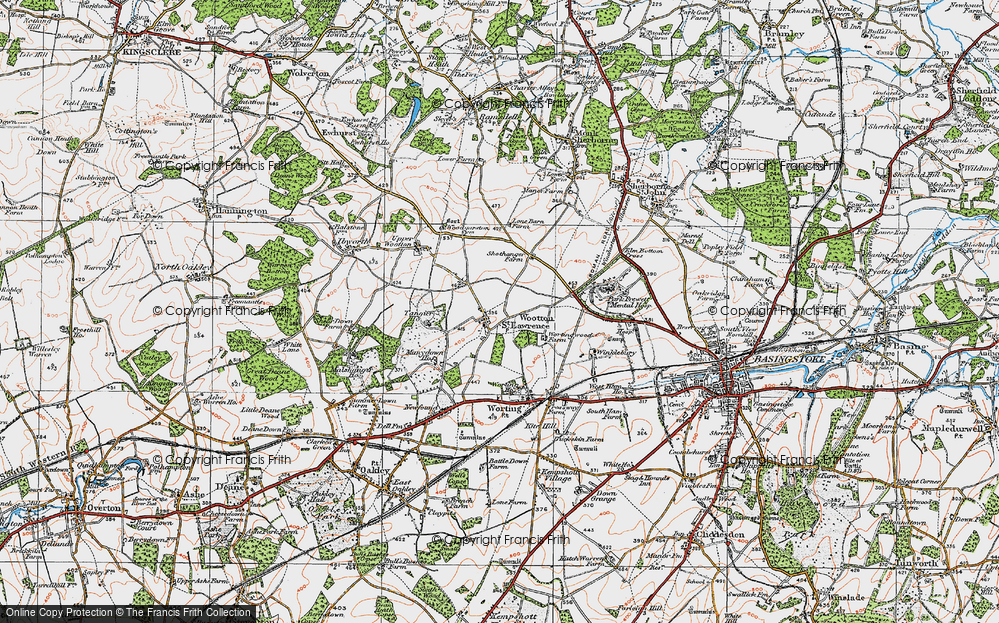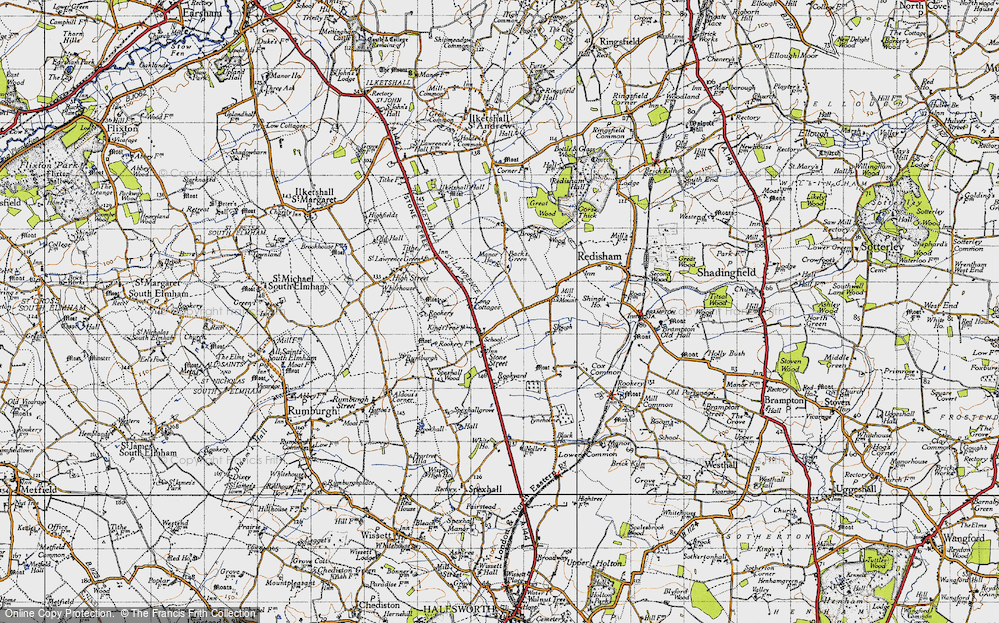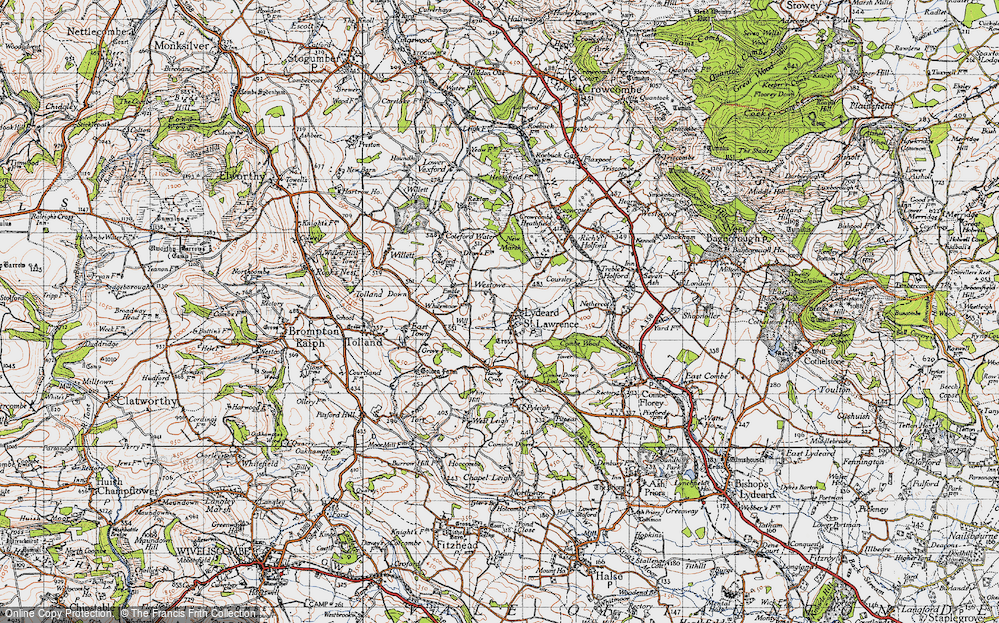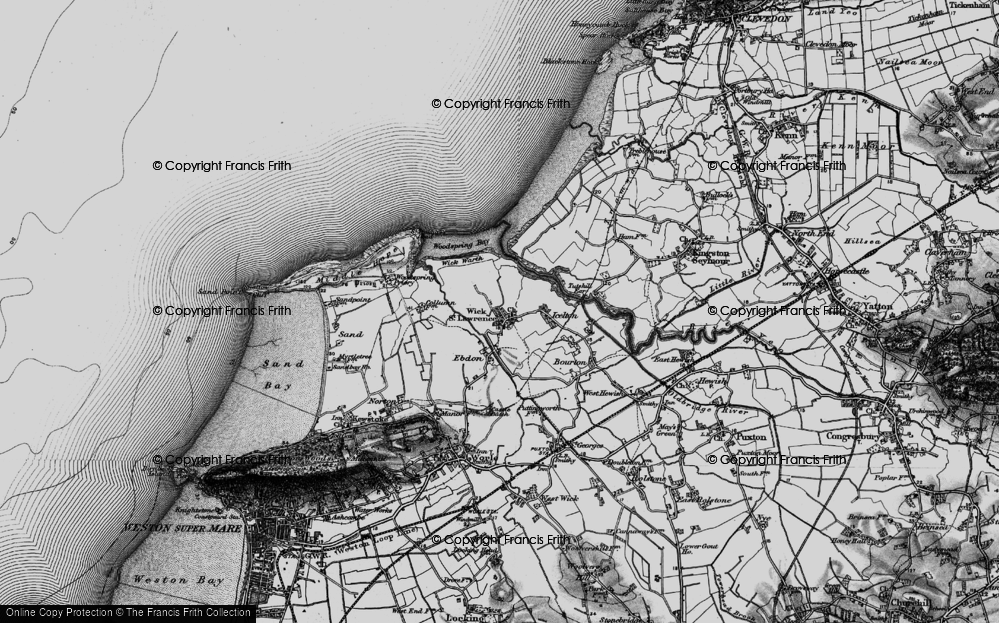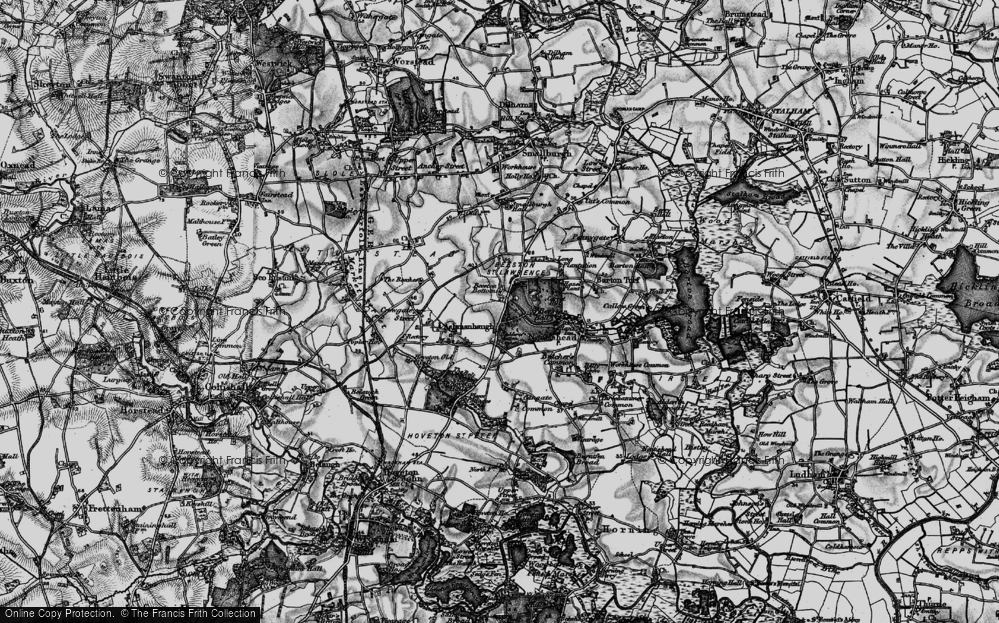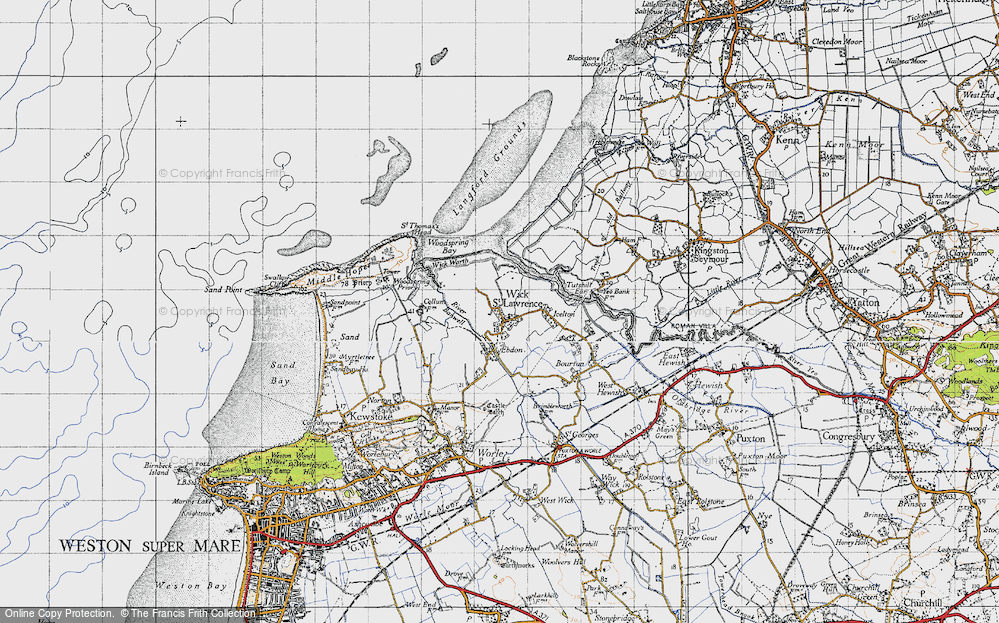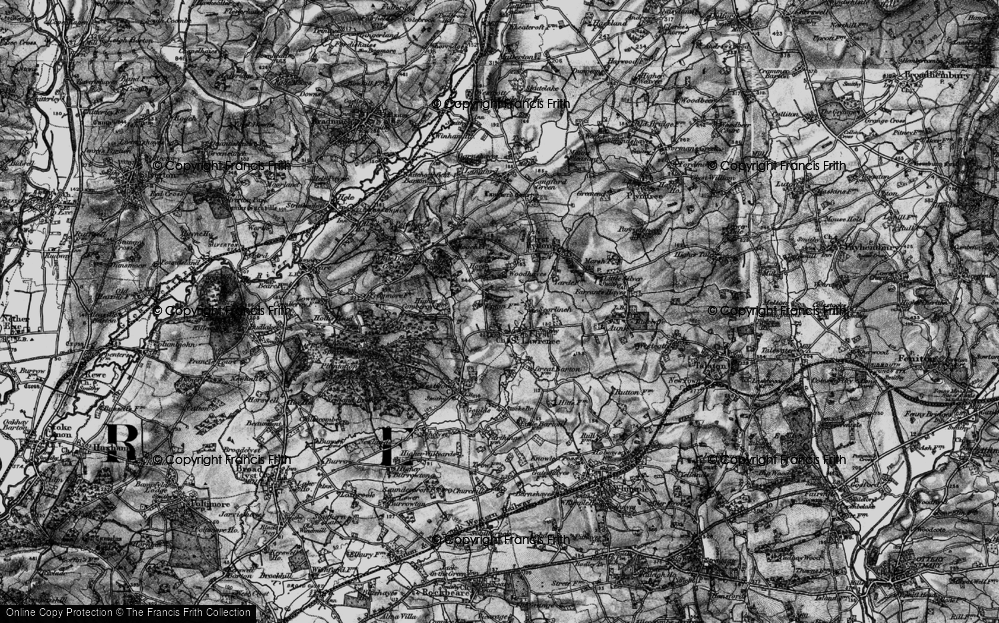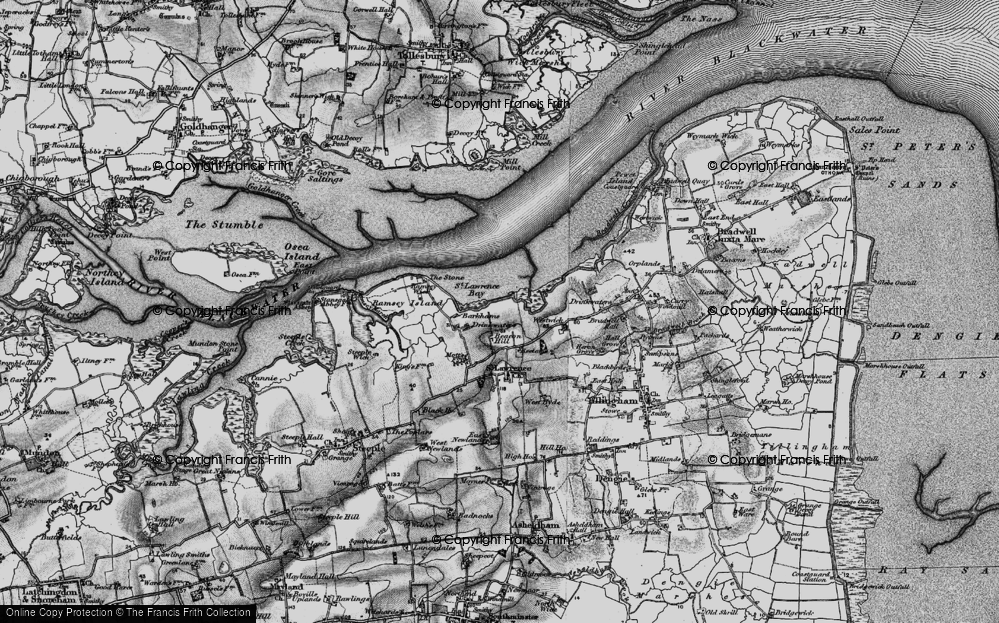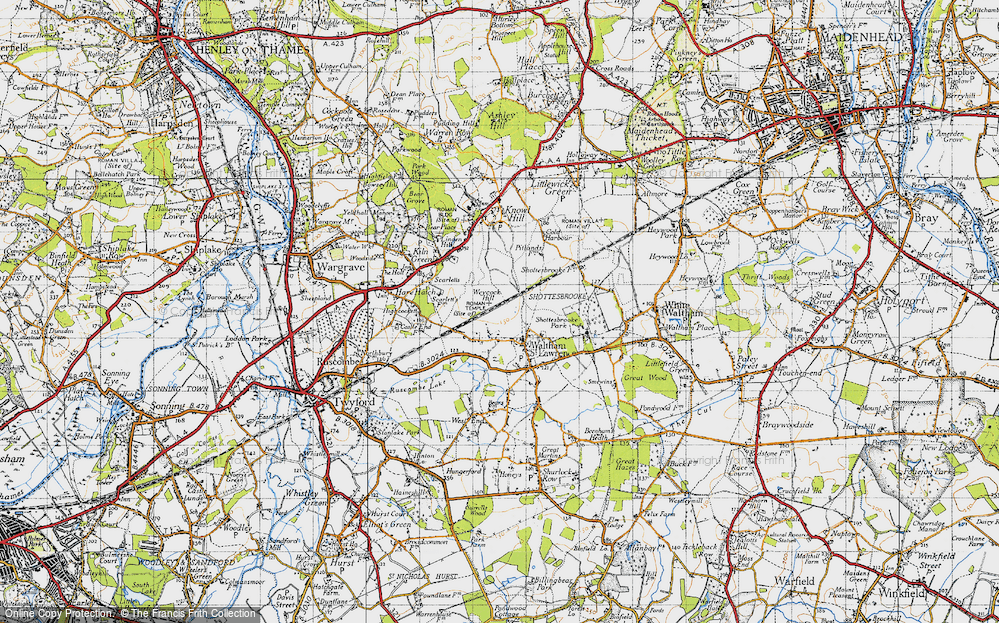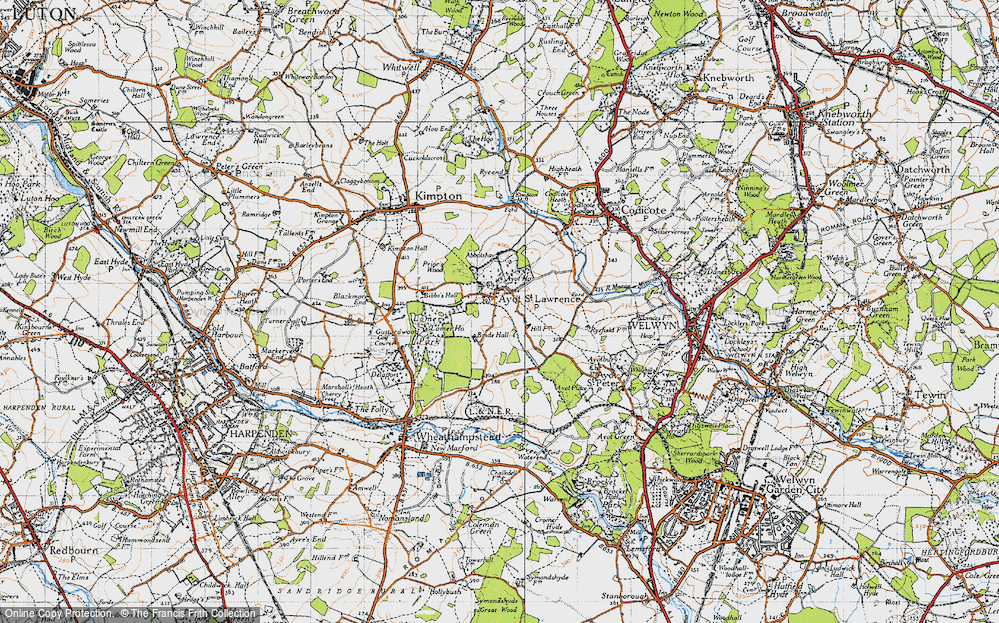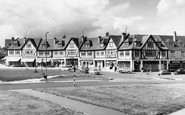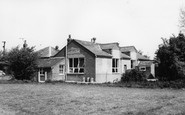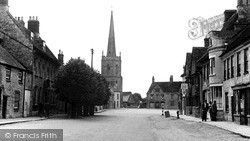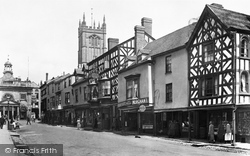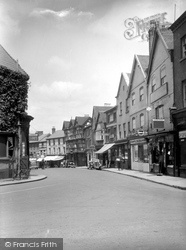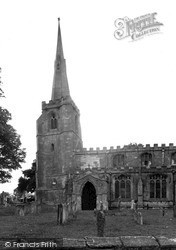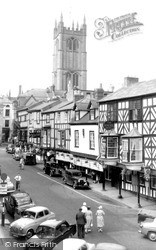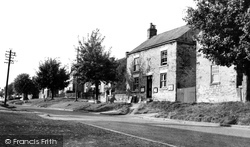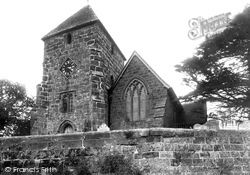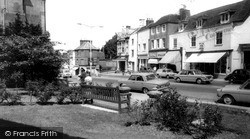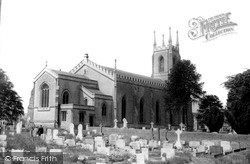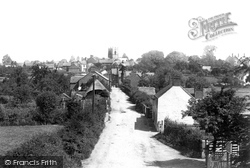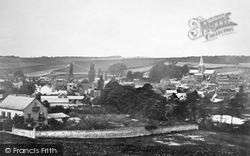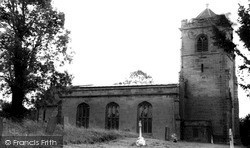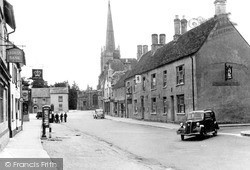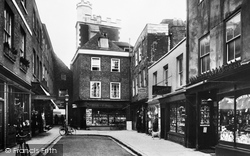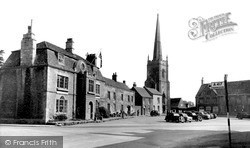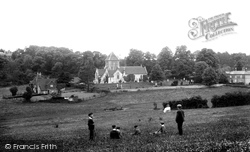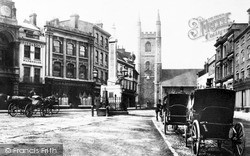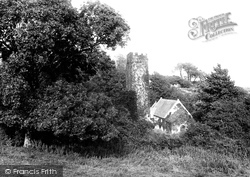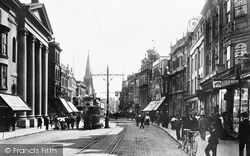Places
17 places found.
Those places high-lighted have photos. All locations may have maps, books and memories.
- St Lawrence Bay, Essex
- St Lawrence, Isle of Wight
- Ayot St Lawrence, Hertfordshire
- Waltham St Lawrence, Berkshire
- St Lawrence, Essex (near Steeple)
- St Lawrence, Kent
- St Lawrence, Cornwall
- Lydeard St Lawrence, Somerset
- Beeston St Lawrence, Norfolk
- Wick St Lawrence, Avon
- Wootton St Lawrence, Hampshire
- Ilketshall St Lawrence, Suffolk
- Marston St Lawrence, Northamptonshire
- St Lawrence, Essex (near Burnham-On-Crouch)
- Tilney St Lawrence, Norfolk
- Clyst St Lawrence, Devon
- Ramsey Island, Essex (near St Lawrence)
Photos
370 photos found. Showing results 21 to 40.
Maps
77 maps found.
Books
Sorry, no books were found that related to your search.
Memories
89 memories found. Showing results 11 to 20.
Crescent Way Orpington Kent 1960 1968
My family lived at 3 Downsway just off Southlands Avenue. I had two older brothers when we arrived and by 1966 I had two more and a sister. My older brothers and I attended Warren Road Primary and I remember ...Read more
A memory of Orpington in 1965 by
Growing Up In Hawkhurst
I have so many happy memories of growing up in Hawkurst in the 1940s /1950s and although Hawkhurst has changed a lot over the years it's a lovely place to visit. I still remember all the shops along the colonnade and the ...Read more
A memory of Hawkhurst in 1950
Childhood Memories
I started at the infants school in 1948 in Chobham St Lawrence and I made my own way in those days, it was safe to then. I remember the headmistress of the infants school was Mrs Gosden, and a teacher, Mrs Hutchinson, also a lady ...Read more
A memory of Chobham in 1948 by
Lawrence And Peggy Berg
My uncle Lawrence married Peggy Smurthwaite in about 1935 and took over the Hinchley Wood Hotel. It was already well-known to him and his brother, Ellis, because he was a partner in the building firm E & L Berg which ...Read more
A memory of Hinchley Wood in 1930 by
Combe Florey Primary School
The village school in Combe Florey closed in about 1958 I believe, it exists as a private house now, but I can still remember the mile long walk to and from it, through the lanes every morning and afternoon. Mum would ...Read more
A memory of Combe Florey in 1958 by
Growing Up In Ramsgate
I was born in Ramsgate in 1947. An only child, I lived with my parents in Grove Road. I have many happy memories of the town. Each night, as a young child, I used to go out with my father for "a little walk around" and we covered a ...Read more
A memory of Ramsgate by
Elmstead School
My name was Margaret Locke when I went to school here from 1955 to 1961. The teachers were Miss Webb (head teacher), Mrs Wringe and Miss Vera Norfolk. I have fond memories of Elmstead and was christened in St Pauls church and married ...Read more
A memory of Elmstead by
Old Family Connections
My great great grandfather John Cranstoun owned 15 Upper Broad Street from about 1850 to his death in 1890 and he is buried in St. Lawrence Church.
A memory of Ludlow in 1860 by
Captions
84 captions found. Showing results 25 to 48.
St Lawrence's church was built in the Perpendicular style and paid for by merchants made rich from wool.
It is a wonderful mix of architectural styles, with 15th-century buildings at the top and elegant Georgian further downhill, all overlooked by the tower of St Lawrence's church, the largest parish church
Once this area was the entrance to Ludlow's market, with traders paying tolls at the nearby Tolsey (or toll booth).
Pisa is famous for its leaning tower, but Surfleet's church of St Lawrence is a notable south Lincolnshire rival, as it leans considerably towards the A152 main road despite two very robust buttresses.
The upper floor was used for a library, meetings, courts, balls, dinners, sales and lectures, and for the National School before it moved to the school buildings near St Lawrence's Church.
In all these photographs the tower of St Lawrence's church dominates the town.
Nestling just under the hills surrounding the North York Moors is the old settlement of Ampleforth, built around the early abbey of St Lawrence.
The church of St Lawrence is superbly positioned on the brow of a narrow spur offering splendid views to the north of the Greensand Hills.
From outside the chapel of St Lawrence, we can see the Athenaeum (centre), built in 1858 as a place of entertainment.
From outside the chapel of St Lawrence, we can see the Athenaeum (centre), built in 1858 as a place of entertainment.
In the distance is the tower of the parish church, St Lawrence.
On the right we can see St Lawrence's Church. The house with its walled garden on the left is Culverton House.
St Lawrence's stands on Meriden Hill, aloof from most of the community it serves, but close to a small cluster of old houses and with views towards Coventry.
Warminster, on the A36 at the head of the Wylye valley, was an important market town and communication centre.
Lechlade stone was used to build St Paul's Cathedral; it was brought from 10 miles north down to Taynton Quarry. The town is dominated by the Market Place and the church of St Lawrence.
In the background is the Norman church of St Lawrence, which tradition suggests was the chapel of William the Conqueror's royal palace.
The focus of the town is the triangular medieval market place, with the best buildings on its south side: the Old Vicarage of 1805 with its Venetian ground floor windows, mansard roof and battlemented
This compact little village in a hollow south of the Hog's Back is benignly watched over by St Lawrence's Church, with its wooden 14th-century south porch.
St Lawrence's stands on Meriden Hill, aloof from most of the community it serves, but close to a small cluster of old houses and with views towards Coventry.
This view looks towards St Lawrence's church.
The church is dedicated to St Lawrence. The nave and chancel date back to the 12th century; the tower is 13th century.
Lechlade stone was used to build St Paul's Cathedral; it was brought from 10 miles north down to Taynton Quarry. The town is dominated by the Market Place and the church of St Lawrence.
In the distance is the tower of St Lawrence's parish church. Probably built on the site of a Saxon predecessor, it displays some of the best 12th-century Norman carving in the county.
Badly damaged during World War Two, it was finally demolished in the 1950s. Jane Austen knew this church and its minister, the Reverend Richard Mant.
Places (17)
Photos (370)
Memories (89)
Books (0)
Maps (77)




